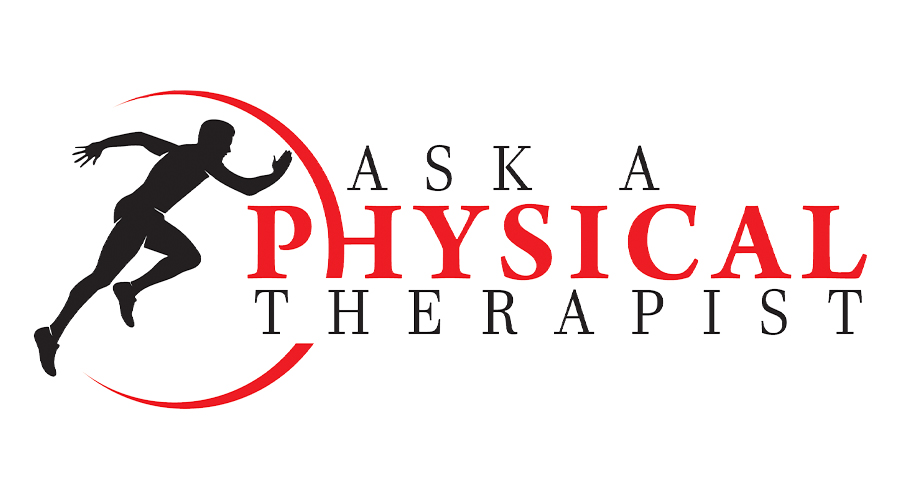ASK A PHYSICAL THERAPIST
- 20 Apr - 26 Apr, 2024

Q: I am a 25 years old male and I am an athlete, I have been diagnosed with bursitis. I have been suffering from heel pain and inflammation. Kindly guide how physical therapy can help.
A: Retrocalcaneal bursitis, a condition likely afflicting you, involves inflammation of the bursa situated between the calcaneus and the anterior surface of the Achilles tendon. Commonly referred to as Achilles tendon bursitis, it can sometimes be misconstrued as Achilles Tendinopathy or coexist with it. A bursa, positioned at the junction of a tendon on the bone, contains a thin layer of synovial fluid, serving to safeguard the joint against shocks.
This ailment is prevalent in both athletes and the general populace. In individuals unaccustomed to prolonged use of high-heeled shoes, the incidence is elevated, potentially leading to heightened strain and irritation of the Achilles tendon and its associated bursae when transitioning to flat shoes.
The onset of retrocalcaneal bursitis may occur abruptly due to a fall or sports-related impact contusion. Alternatively, it can manifest gradually from repetitive trauma to the bursa, stemming from activities like running or excessive loading, overtraining in athletes, wearing tight or ill-fitting shoes causing excessive pressure at the posterior heel, Haglund deformity, and altered joint axis. Additionally, retrocalcaneal bursitis may be linked to conditions such as gout, rheumatoid arthritis, and seronegative spondyloarthropathies.
Symptoms include pain at the rear of the heel, particularly when ascending slopes, worsening pain when rising on tiptoes, tenderness at the back of the heel, swelling in the same area, and increased pain during calf-loading activities.
The role of a Physical Therapist in managing retrocalcaneal bursitis involves a thorough assessment of the tendon, bursa, and calcaneum through a meticulous examination of the patient's history, inspection for bony prominences and local swelling, as well as palpation of the region exhibiting maximal tenderness. Biomechanical abnormalities, joint stiffness, and proximal soft tissue tightening, if identified, require correction to mitigate an anatomical predisposition to retrocalcaneal bursitis. In certain cases, diagnostic tools such as X-rays and MRI scans may be deemed necessary.
During the acute phase, applying ice to the posterior heel and ankle multiple times a day is recommended. Patients with retrocalcaneal bursitis should be educated on the application of ice during the acute period, performing the procedure several times a day for 15-20 minutes each time. Stretching exercises are incorporated into the treatment plan, and necessary modifications are guided by the therapist to facilitate a comprehensive recovery.
Q: My mother is 50 years old and feels vertigo. Kindly guide if a physical therapist can help in this case and why does this happen.
A: Accurate diagnosis necessitates a comprehensive examination by both Ear, Nose, and Throat (ENT) specialists and orthopedic experts to ascertain the specific structure involved and the underlying cause of vertigo. In certain cases, a Neuro specialist may also be consulted based on the patient's needs. Typically, the condition falls within the realm of Benign Paroxysmal Positional Vertigo (BPPV), a distinct form of vertigo triggered by changes in head position relative to gravity. Rooted in issues within the inner ear, BPPV is characterized by recurrent episodes of positional vertigo, manifesting as a spinning sensation associated with alterations in head position.
The etiology of BPPV is often linked to the displacement of otoconia, small crystals of calcium carbonate, from the maculae of the inner ear into the fluid-filled semicircular canals. These canals, sensitive to gravity, react to changes in head position, serving as a trigger for BPPV. Symptoms of this disorder encompass vertigo, a distinct spinning sensation (as opposed to lightheadedness), with brief episodes lasting seconds to minutes, usually under 60 seconds. The onset of vertigo is exclusively induced by positional changes, accompanied by potential symptoms such as nausea, visual disturbances affecting reading or visibility during an episode, pre-syncope (feeling faint), or syncope (fainting). Vomiting is infrequent but possible. Severity is categorized based on the frequency and intensity of attacks, ranging from mild to severe, with continuous vertigo present in severe cases. Individuals may endure symptoms for varying durations, spanning days, weeks, months, or even years before resolution.
Triggers for BPPV episodes include actions stimulating the posterior semicircular canal, such as tilting the head, rolling over in bed, looking up or under, or sudden head motions. Additionally, various modifiers may exacerbate BPPV, such as changes in barometric pressure, lack of sleep, stress, among others.
While the primary cause of BPPV is often idiopathic, degenerative changes in the vestibular system with aging can contribute to its development. Below the age of 50, head injuries are a common factor, and vestibular viruses, Meniere's disease, or surgical procedures can also play a role. Risk factors encompass female gender, hypertension, hyperlipidemia, cerebrovascular disease, menopause, allergies, migraine, chronic obstructive pulmonary disease (COPD), and certain surgical procedures.
To confirm the diagnosis, a physical therapist conducts a meticulous assessment, incorporating specialized tests and maneuvers. A tailored vestibular rehabilitation plan, involving specific exercises, aims to enhance nystagmus, postural control, movement-provoked dizziness, independent performance of daily activities, and alleviate distress in individuals grappling with BPPV.
COMMENTS